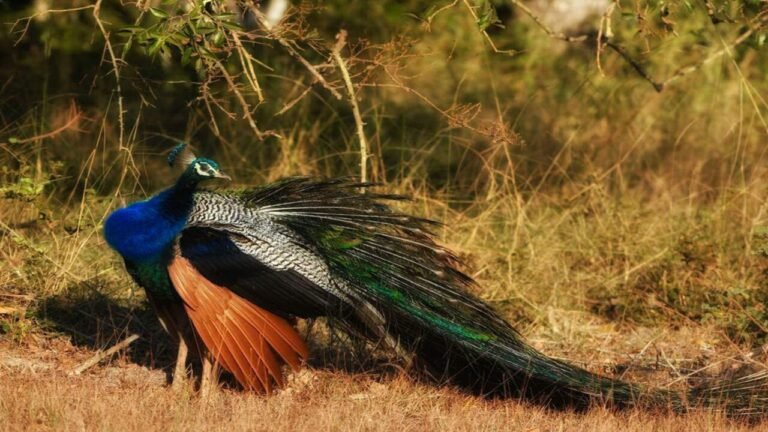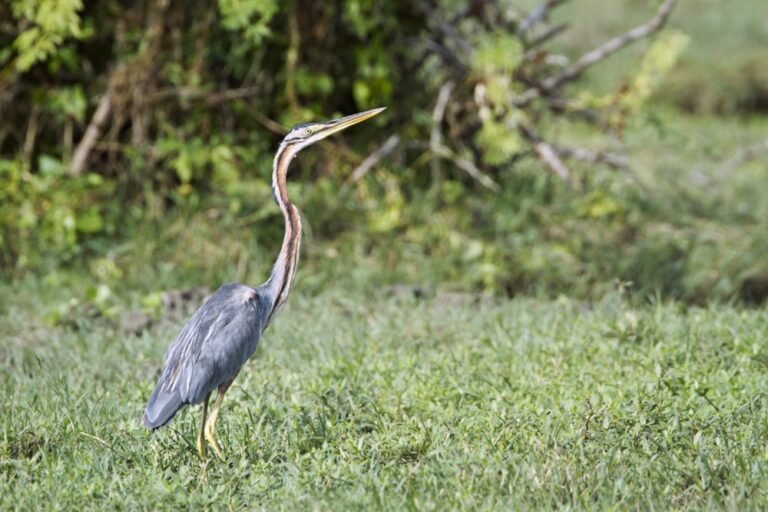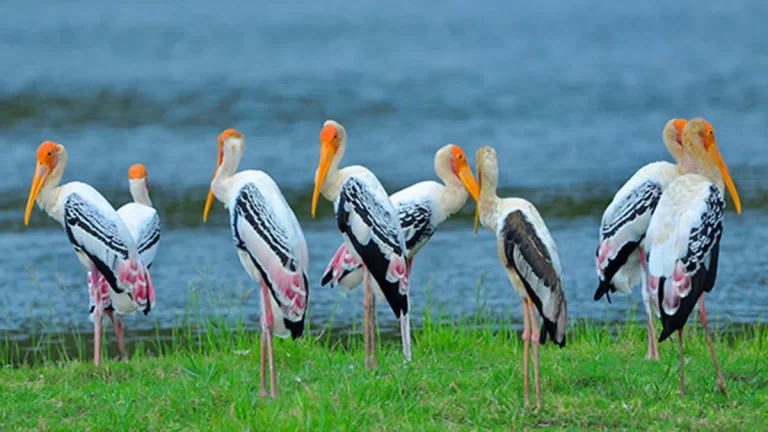Birds Watching
Anawilundawa Bird Sanctuary
Anawilundawa is one of Sri Lanka’s hidden ecological treasures, nestled between Negombo and Puttalam. The sanctuary is famed for its thriving breeding colony of herons and a dazzling array of birdlife, including the Open-bill Stork, Great Cormorant, White Ibis, Egret, Pheasant-tailed Jacana, and Purple Swamp Hen. Beyond birds, the reserve is also home to an impressive variety of wildlife, including 20 species of mammals such as the Rusty-spotted Cat, Fishing Cat, Indian Otter, Slender Loris, and Toque Monkey, alongside 74 butterfly species that bring color to its wetlands.
“At Anawilundawa, every ripple in the water and every call in the sky reminds you of nature’s extraordinary rhythm.”
With 131 species of water birds, as well as numerous endemic and migratory species, Anawilundawa is a paradise for nature lovers. Migratory birds arrive between October and April, while amphibians, reptiles, and small mammals thrive throughout the year. This unique wetland ecosystem offers visitors an unforgettable chance to explore one of Sri Lanka’s most biodiverse habitats, where every season reveals a new natural wonder.
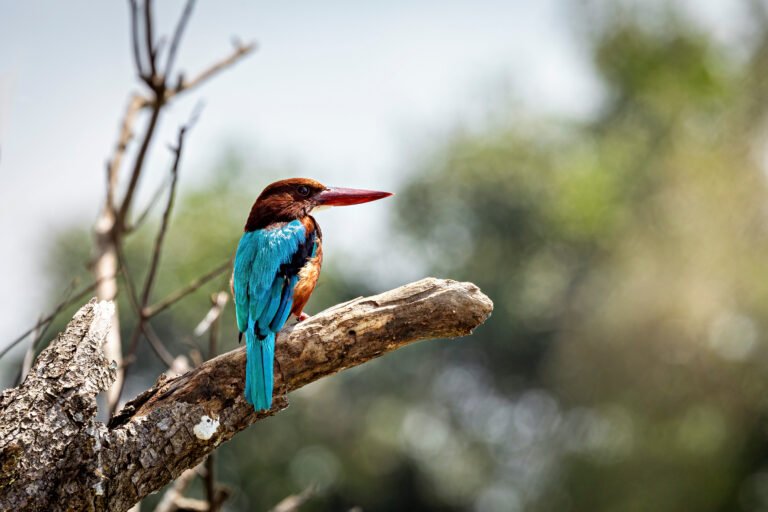
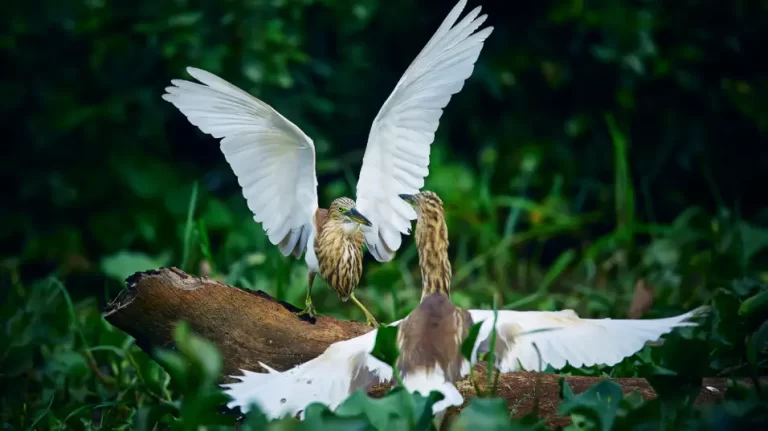
Kumana National Park
Kumana National Park, located on Sri Lanka’s southeastern coast, is a birdwatcher’s haven and an integral extension of the Yala ecosystem. Known primarily for its remarkable diversity of migratory waterfowl and wading birds, the park has recorded 255 out of the 400 bird species found across the island. Established in 1938 as a bird sanctuary, Kumana stretches over 35,665 hectares of dry zone forest, lagoons, and coastal wetlands. The famous Kumana Villu, a 200-hectare mangrove swamp, serves as a vital nesting and breeding ground, attracting thousands of birds between April and July each year.
“Kumana is where the skies come alive, painted by the wings of thousands of migratory birds.”
Beyond its avian life, Kumana’s landscape is shaped by the Kumbukkan Oya River and its many tanks and lagoons, which support a vibrant ecosystem of mammals, reptiles, and aquatic life. The park’s untouched wilderness and serene beauty make it one of the most rewarding destinations for eco-travelers, photographers, and those seeking a deep connection with Sri Lanka’s natural world.
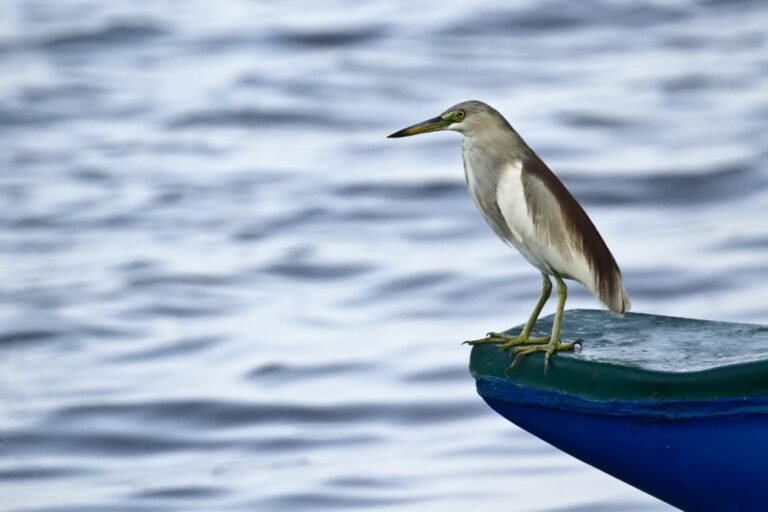
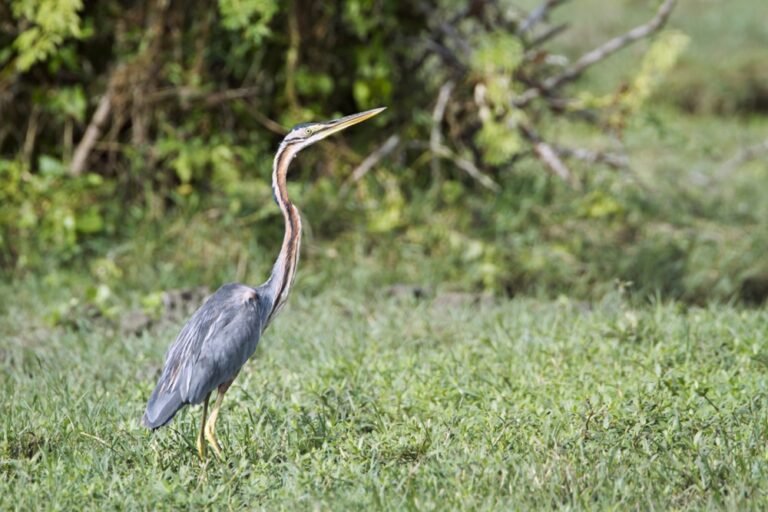
Kalametiya Bird Sanctuary
Kalametiya, located along Sri Lanka’s stunning southeastern coast, is a coastal wetland renowned for its rich biodiversity. Together with Rekawa and Ussangoda, it forms the scenic “Ruk” region, a landscape dotted with lagoons, rocky headlands, and pristine sandy bays stretching from Tangalle to Hambantota. The wetlands of Kalametiya provide a haven for a variety of water birds such as storks, herons, egrets, spoonbills, pelicans, and ibises. During the dry season, its expansive lakes attract large flocks of ducks, creating a lively spectacle for visitors.
“Kalametiya is where distant journeys find a resting place, as the world’s birds unite on Sri Lanka’s southern shores.”
From mid-August, migratory birds flock to Kalametiya from as far as Siberia, Scandinavia, and Western Europe, including sandpipers, stints, plovers, terns, and harriers. This annual arrival transforms the lagoons and salt flats into a dynamic stage for birdlife, making Kalametiya a must-visit destination for ornithologists and travelers eager to witness Sri Lanka’s role in the global migration network.
